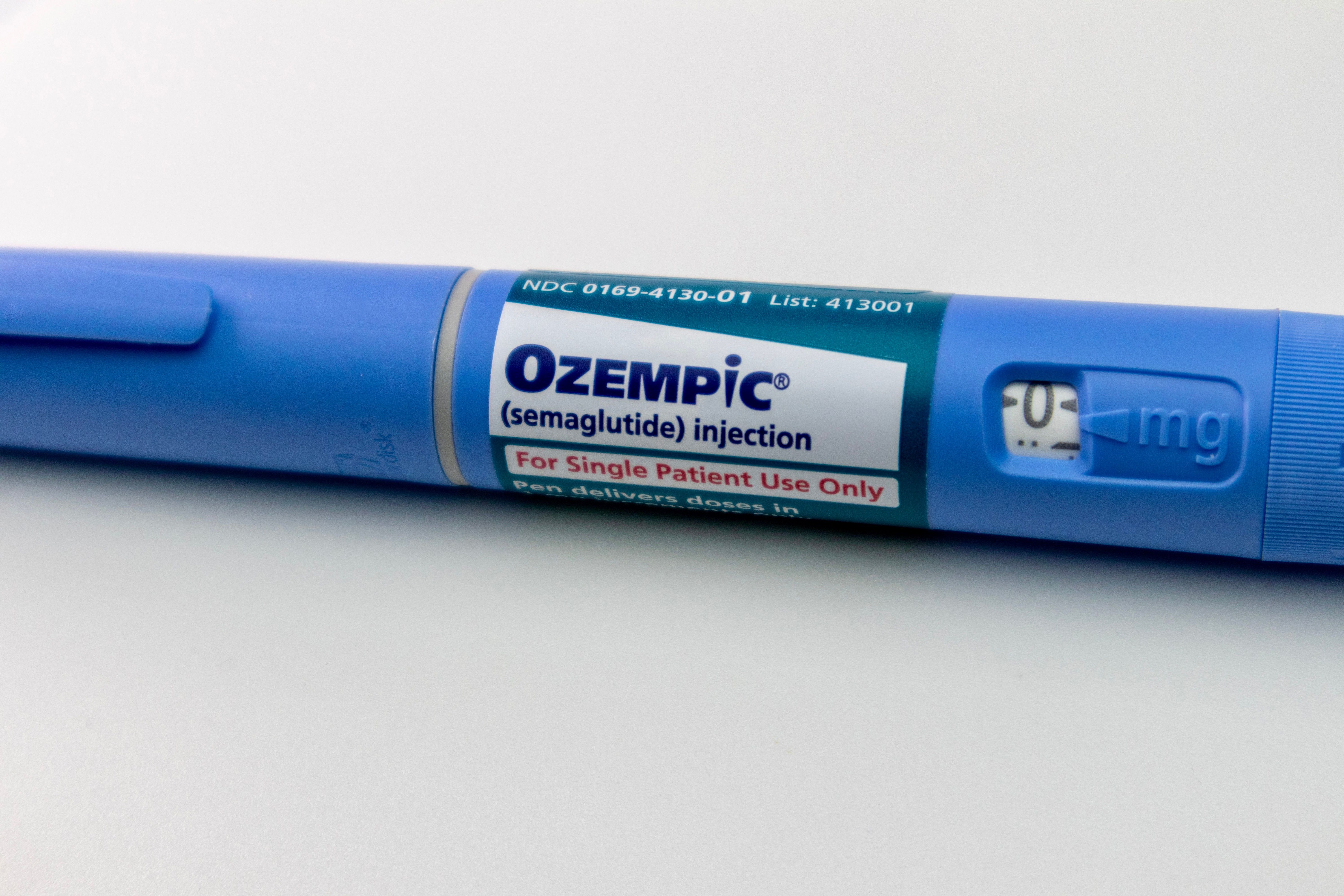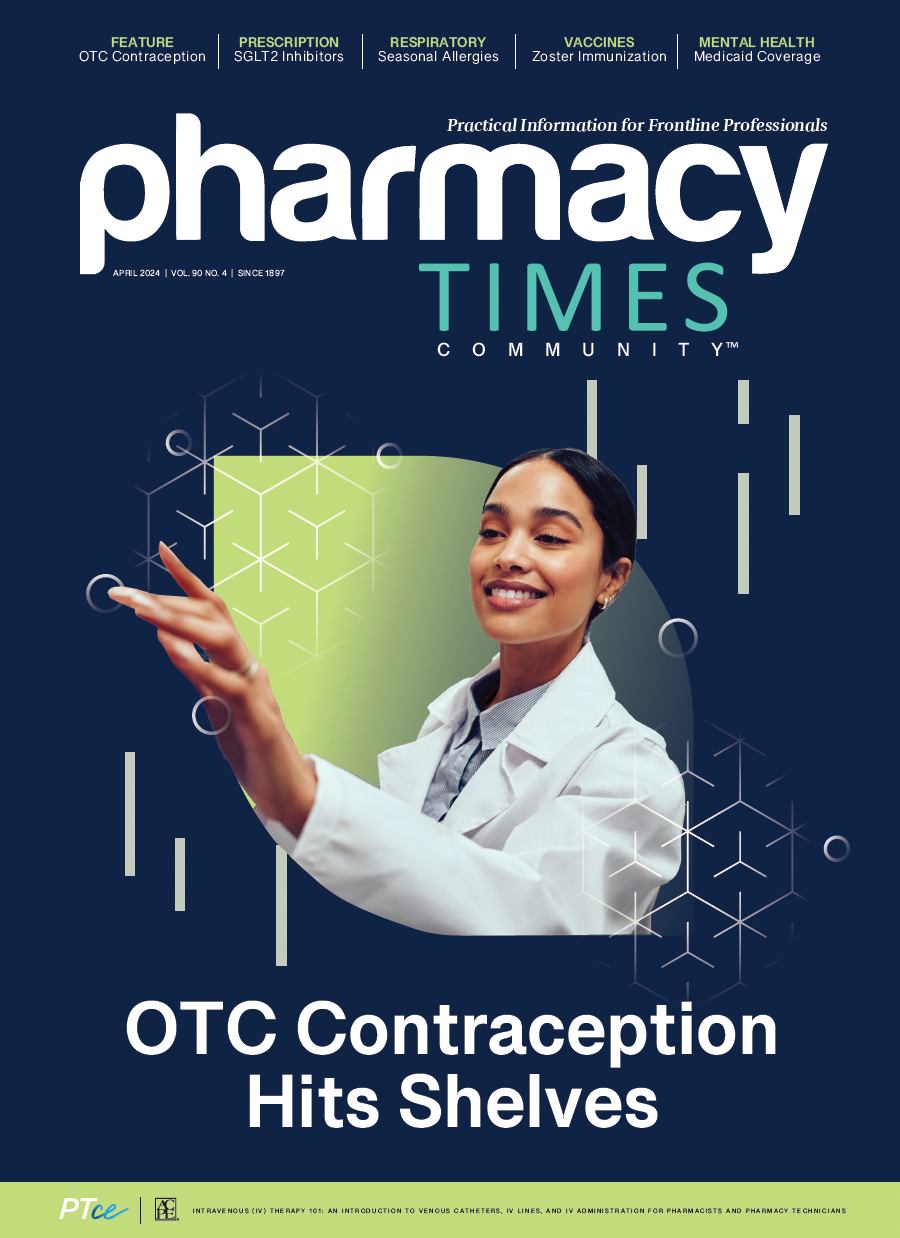A Few Small Pharmacies With an Entrepreneurial Idea
There was a time when erectile dysfunction (ED) was taboo to discuss. Then came the direct-to-consumer advertising that brought a relatively widespread condition out into the open and to many a dinner conversation between middle-aged couples looking to reignite their passion for each other by simply taking a little pill. It wasn’t too long after ED drugs became mainstream that a few pharmacies realized that a medication with a healthy demand but unhealthy coverage was ripe for an alternative care and prescription fulfillment approach. Soon after, multiple mail-order lookalike pharmacies emerged that dispensed ED medications to patients who had never set foot in their community-based pharmacy and who elected to pay cash rather than deal with the hassles of underwhelming coverage and a gauntlet of prior authorizations or other soft edits such as “refill too soon.” But seriously, who gets to decide how many ED pills a given person needs anyway?
GoodRx and Other Discount Cards Emerge as Consumers Look For Alternative Purchasing Assistance
Prior to the rollout of Medicare Part D in 2006, the Medicare population represented the largest out-of-pocket consumer group in the cash pay marketplace. Then it was the uninsured prior to the Affordable Care Act (ACA). Then, after the ACA exchanges and Medicaid expansion, the cash pay strategy turned to middle- and upper middle–class households, with the fewest regulatory restrictions, the most disposable income, and, importantly, the highest deductibles for drug coverage. Many of these individuals had to spend many thousands of dollars for first- dollar-coverage. A large swath of the American population has now become accustomed to not even bothering with their pharmacy benefit manager (PBM), and the first question that comes to mind isn’t “Does my insurance cover it?” but rather, “What’s the easiest and most convenient way for me to get a prescription for the drug I saw on my social media feed?”
About the Author
Troy Trygstad, PharmD, PhD, MBA, is the executive director of CPESN USA, a clinically integrated network of more than 3500 participating pharmacies. He received his PharmD and MBA degrees from Drake University and a PhD in pharmaceutical outcomes and policy from the University of North Carolina. He recently served on the board of directors for the Pharmacy Quality Alliance and the American Pharmacists Association Foundation.
The COVID-19 Pandemic Changed Consumer Expectations About How to Obtain Prescriptions
Virtual and alternative site care was certainly growing prior to the pandemic, but COVID-19 normalized it. Two durable areas of care delivery emerged that are likely to stay: behavioral health, which has a shortage of providers and more limited need for physical assessment; and convenience and concierge care, which focuses on the condition rather than the site of care for the delivery of both services and product. Just as community pharmacies increased access and convenience to COVID-19 vaccines and point-of-care testing, virtual and condition-specific marketing, care pathways, and delivery modalities are emerging that are not community-based but rather come from afar.
The Emerging $300 Billion-Plus GLP Market Attracts Everyone in the Vicinity of Health Care Delivery
Yes, you read that correctly. It won’t be that long before glucagon-like peptides (GLPs) make up nearly half of the entire prescription drug marketplace based on revenue. All existing models predicting more than a $100 billion marketplace for GLPs and associated medications are conservative, in my opinion, because those models don’t consider all of the labels that GLPs are likely to receive and the number of manufacturers entering the space, all pushing the public to use their GLPs for many common ailments, maladies, and conditions. Diabetes and weight loss are just the start.
As a result of easy access to ED prescriptions and products, followed by a shift to more convenience-demanding, cash-paying consumers, followed by a pandemic that normalized the internet as a site of care for a broad base of conditions, GLP services and product bundling is occurring everywhere from weight loss clinics to specific service and coverage carve-outs in employer-sponsored plans. Oncology is already taking a back seat to GLPs in many state employee plans and companies with pensions and health benefit obligations go beyond employment. Employee Retirement Income Security Act of 1974 plans are looking for any way whatsoever to blunt their impact, so expect this space to be a free-for-all of payment and care delivery innovation and experimentation.
Eli Lilly Rejects Need for Community Pharmacies, Launches LillyDirect to Hedge Their Bets
So impactful are the undercurrents that Eli Lilly launched LillyDirect at the turn of the year and began preparation for what will be a very competitive game of PBM roulette about to ensue. As the number of manufacturers producing GLPs grows and with, at best, modest efficacy and adverse effect differentiation among them, rebate levels will become the coin of the realm for formulary inclusion. Meanwhile, community-based pharmacies, on balance, are losing money on filling prescriptions for GLPs. Many are refusing to order them from wholesalers or direct from manufacturers except for cash-paying patients willing to pay and compounding pharmacies that compel cash pay in many instances.
As a result, manufacturers are plotting multiple simultaneous countermoves, from the conventional approach of getting onto formularies (particularly formularies for government-sponsored insurance as Medicare starts to flex its negotiation muscles) to arranging for direct-to-consumer care and delivery that bypasses PBMs for eligible patients to outright eschewing insurance contracts altogether so they can avoid rebates, the Medicaid drug rebate program, and 340B Drug Pricing Program requirements. After all, if the drug’s list-to-net (the amount of dollars the manufacturer keeps after all rebates and concessions) falls below the projected 40%, why not just sell it for 40% of a projected $1000 list price and work directly with employers and patient-consumers without the intervention of third-party insurance, PBMs, prescribers, and pharmacies? It is likely that the manufacturers will make more money if the local gym membership includes an option for medically assisted weight loss through a virtual provider than they are when going through the morass of the currently broken financing and reimbursement model for pharmacy.







